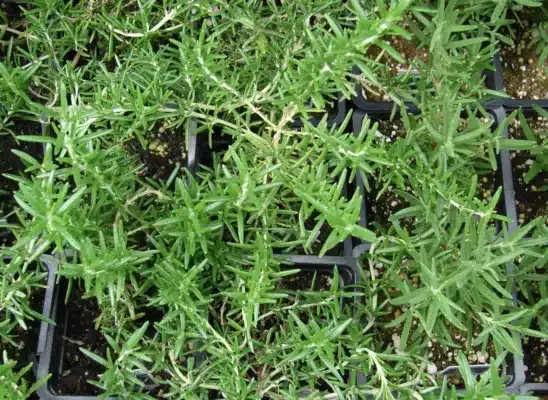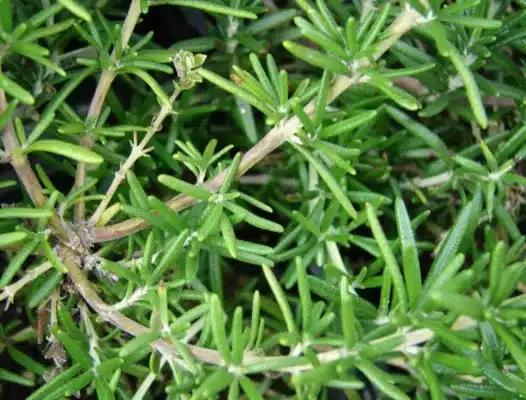Rosemary Wellness: Unveiling the Health Benefits, Nutrients, and Secrets for a Vibrant Life
Thalisabatri in Tamil and Gulmehendi in Hindi

Table of Contents
Origin & Defination
Rosemary is a fragrant herb that is native to the Mediterranean region, which includes parts of Southern Europe, Northern Africa, and Western Asia. The name “rosemary” is derived from the Latin words “ros” (dew) and “marinus” (sea), possibly because it often grows near the sea in its native habitat.
It has been used for centuries for culinary, medicinal, and aromatic purposes. It is known for its needle-like leaves and aromatic scent, which is often described as a combination of pine and lemon. In addition to its culinary uses, rosemary has been traditionally used for its potential health benefits, including improving digestion and memory.
Due to its hardiness and adaptability, it is now cultivated in many parts of the world and is a popular herb in various cuisines. It is also grown as an ornamental plant in gardens for its attractive appearance and pleasant fragrance.
Rosmarinus officinalis is indeed an aromatic, perennial evergreen shrub belonging to the mint family (Lamiaceae). In its characteristic habitat, such as southern France near Pont du Gard, can grow into a tall shrub, reaching heights of 4 to 6 feet.
Due to its hardiness and adaptability, rosemary has been cultivated in various regions around the world. Besides its ornamental value in gardens, it is commonly used in culinary dishes for its aromatic flavor, and it has a history of traditional medicinal uses as well. The plant’s ability to thrive in different climates has contributed to its popularity and widespread cultivation beyond its native Mediterranean region.
Rosemary Nutrients
Nutrients
This is a herb that contains various nutrients and compounds that contribute to its potential health benefits. While the exact nutrient content can vary based on factors such as soil conditions and cultivation methods, rosemary generally contains the following:
Vitamins: It is a good source of certain vitamins, including vitamin C, vitamin A, and various B vitamins (such as folate, riboflavin, and niacin).
Minerals: It contains minerals like calcium, iron, magnesium, phosphorus, potassium, and sodium.
Antioxidants: It is very much rich in antioxidants, such as rosmarinic acid and carnosic acid. These compounds help neutralize free radicals in the body, which can contribute to overall health and may have anti-inflammatory effects.
Essential Oils: The essential oils in rosemary, including cineole, camphor, and alpha-pinene, contribute to its characteristic aroma and may have antimicrobial properties.
Dietary Fiber: It also contains some dietary fiber, which is beneficial for digestive health.
Phytochemicals: Apart from the mentioned compounds, rosemary contains various phytochemicals that may have health-promoting properties.
It’s important to note that while Gulmehendi can be a flavorful addition to dishes, it is typically used in relatively small quantities, so its nutrient contribution to the overall diet may be limited. As with any herb or supplement, moderation is key, and it’s always advisable to consult with a healthcare professional for personalized advice, especially if you have any pre-existing health conditions or concerns.
Rosemary Health Benefits
Health benefits
Thalisabatri in Tamil is associated with several potential health benefits, although it’s important to note that scientific research is ongoing, and individual responses to herbs can vary. Here are some of the potential health benefits of rosemary:
Antioxidant Properties: It contains compounds like rosmarinic acid and carnosic acid, which have antioxidant properties. Antioxidants help neutralize free radicals in the body, which are molecules that can cause cellular damage and contribute to aging and various diseases.
Anti-Inflammatory Effects: Some compounds in rosemary, including rosmarinic acid, may have anti-inflammatory effects. Chronic inflammation is linked to various health issues, so reducing inflammation can be beneficial.
Memory and Cognitive Function: There is some evidence suggesting that the aroma of rosemary may have a positive impact on cognitive function and memory. Inhaling the scent may potentially enhance alertness and improve mental performance.
Digestive Health: Gulmehandi has been traditionally used to aid digestion. It may help stimulate the production of digestive enzymes, promoting a healthy digestive system.
Antimicrobial Properties: Certain components in rosemary essential oil, such as cineole and camphor, have antimicrobial properties. This means that rosemary may help inhibit the growth of certain bacteria and fungi.
Potential Cancer-Fighting Properties: Some studies have explored the potential anti-cancer properties of rosemary extracts, attributing these effects to its antioxidant compounds.
Hair and Skin Health: Its oil is often used topically for hair and skin care. It may help improve scalp health, promote hair growth, and have antimicrobial effects on the skin.
Pain Relief: It has been used traditionally to alleviate pain. Its anti-inflammatory properties may contribute to pain relief, and some people use rosemary oil topically for muscle and joint pain.
While rosemary can be a flavorful addition to meals, and its essential oil is used in aromatherapy and topically, it’s essential to consume or use it in moderation. If you have specific health concerns or conditions, it’s advisable to consult with a healthcare professional before incorporating large amounts of rosemary or its extracts into your routine.

